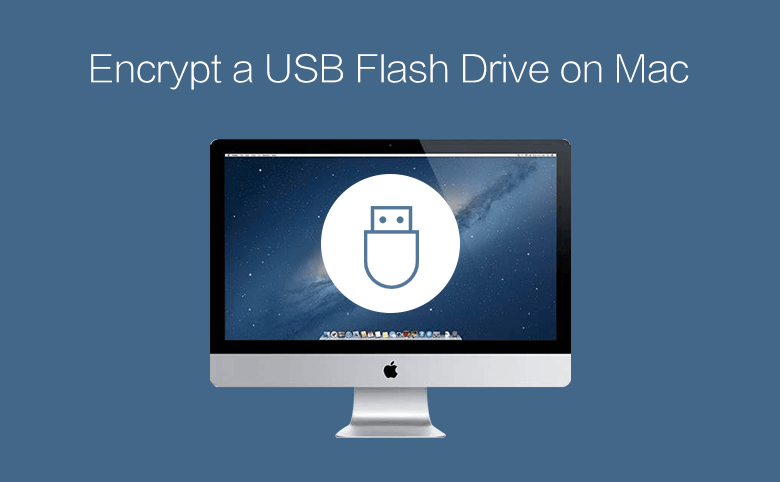
To access this C2 entity holding the entire sketchy database, the pest leverages credentials integrated into its code. The Trojan establishes a covert connection with a MongoDB server and instantly sends all of the prey’s usernames and passwords it can pilfer in Chrome. It comes down to a unique way of submitting the collected confidential info to the crooks in charge. Whilst this is far from being a new tactic in this domain of electronic crime, the malicious actors who masterminded CStealer have equipped their contrivance with an unprecedented feature.

#Chrome password stealer for mac how to
It knows where to look, and what’s worse, how to perform exfiltration of the wrongfully extracted authentication values to its operators.

The CStealer Trojan zeroes in on the login information Chrome retains within the default path allocated for this particular purpose. Obviously enough, this data is stored in the current browser set-up. These dialogs ask whether or not these sensitive details should be saved so that there is no need to re-enter them manually the next time.

On a side note, everyone is familiar with prompts generated by modern browsers once the user has typed in their credentials to access an arbitrary personal web account. First spotted in November 2019, this threat inspects Google Chrome browser for usernames and passwords the victim previously chose to save as part of simplifying their login routine. It is laced into a Trojan infection codenamed CStealer. Cybercriminals have recently synthesized a brand-new flavor of malicious reconnaissance.


 0 kommentar(er)
0 kommentar(er)
